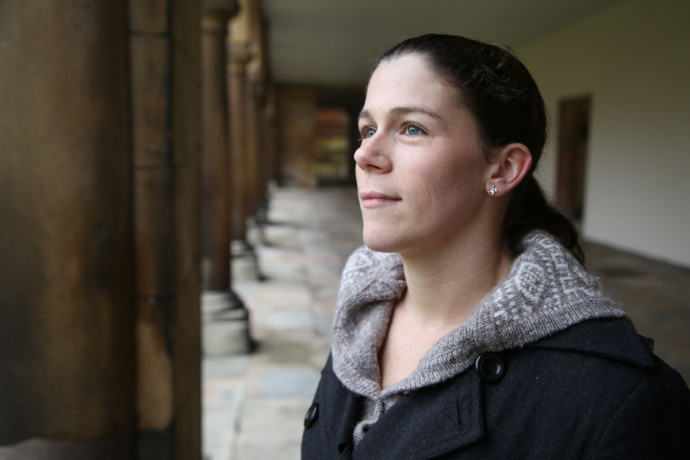Yvette Perrott

2017: Dr Yvette Perrott, Victoria University of Wellington, has been awarded a Rutherford Discovery Fellowship for research entitled: 'Realising the potential of galaxy clusters as cosmological probes'.
Biography
Dr Yvette Perrott is an astrophysicist who studies centimetre-wave radio astronomical observations of galaxy clusters in order to understand the origin and evolution of the Universe. She completed a Bachelor of Arts and Science at the University of Auckland in 2008, majoring in Italian, Spanish and Physics, followed by a Bachelor of Science (Hons) in Physics. In 2010, she was awarded a Rutherford Foundation Trust PhD scholarship to undertake a PhD in astrophysics at the University of Cambridge, and has since continued her research as a Junior Research Fellow at Trinity College in Cambridge.
Dr Perrott is the Science Committee Chair of the Arcminute Microkelvin Imager (AMI) telescope operated jointly by Cambridge, Manchester and Oxford Universities. She leads two large science projects using AMI to observe detected galaxy clusters and to survey previously undiscovered clusters.
Research summary
Global, regional, and local climate and weather models provide vital information to keep our communities
Scientists have shown that the Universe emerged from a combination of gradual accretion and violent collisions after the Big Bang. The culmination of such processes is the emergence of galaxy clusters - the largest multicomponent and gravitationally bound structures in the universe.
The distribution of galaxy clusters in space, time and mass is a unique feature that may provide sensitive constraints on the parameters describing the origin and evolution of the Universe. Aside from galaxies, the clusters consist of dark matter and hot intracluster gas. These sub-components of the clusters can be observed in different ways. For example, gravitational lensing can be used to observe how the large dark-matter mass is bending light that travels towards the observer, and the combination of X-ray emission and its interactions (known as Sunyaev-Zel’dovich (SZ) effect) with the Cosmic Microwave Background can be used to study the hot intracluster gas. However, translating these observations into physical quantities of interest for cosmological analyses is challenging.
The SZ effect is a particularly promising method of studying clusters since simulations predict a strong correlation between the observable signal (SZ intensity) and mass. However, the current models for translating the SZ observable to mass are over-simplistic and do not account for the disturbed structure of clusters undergoing merger events.
Dr Perrott aims to broaden the understanding of galaxy clusters with the goal of realising their potential as cosmological probes. She will use state-of-art radio telescopes to identify and observe merging clusters and explore robust methods to model their SZ signal. In conjunction with gravitational lensing data and numerical simulations, she will investigate how to accurately translate their SZ signal into mass constraints.
In addition, Dr Perrott will use simulations to prepare analysis techniques for SZ data collected from the new Square Kilometre Array (SKA) telescope, which is scheduled to start operating in 2020.
